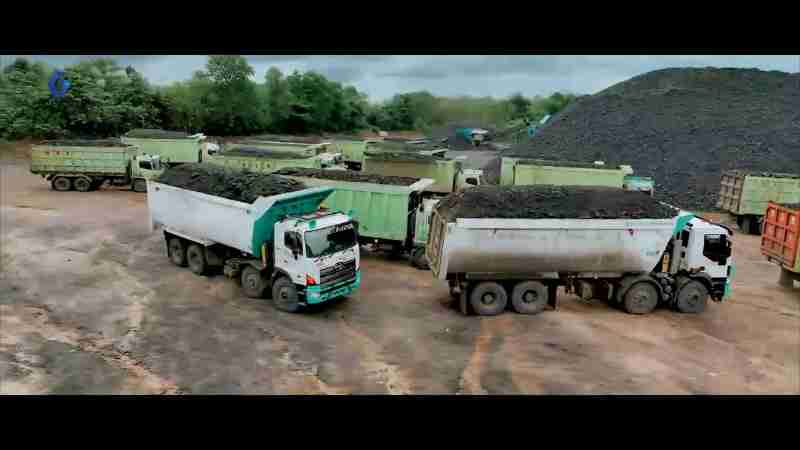The TreeMap’s latest research indicates that more than 721,000 hectares of Indonesian forestland have been eliminated due to mining operations from 2001 until 2023.
Of this total, approximately 150,000 hectares were primary forests, which are critical for preserving biodiversity and mitigating climate change.
In Indonesia, extracting resources such as coal, gold, nickel, and other uncommon metals is a major contributor to forest clearing and habitat damage.
Using high-resolution satellite imagery, The TreeMap quantified the impacts of Indonesia’s mining sector on forests as of December 2023.
Annually, around 6,500 hectares of primary forests were being cut down from 2001 to 2023.
Mining and deforestation
The rate of deforestation due to mining activities peaked in 2013 but has increased again in recent years.
By 2023, the rate of deforestation in primary forests had accelerated, leading to a regrettable loss of approximately 10,000 hectares each year.
Coal mining accounted for the largest share of overall impacts, covering approximately 322,000 hectares.
Gold mining followed with an impact area of about 149,000 hectares, while tin mining affected around 87,000 hectares, nickel mining 56,000 hectares, and bauxite mining 16,000 hectares.
Deforestation in Indonesia is significantly driven by the mining industry, along with palm oil and pulp production.
Another study published earlier this year based on data from The TreeMap found that pulp production led to a fivefold increase in deforestation rates in 2022 compared to 2017 levels.
The loss of forests due to mining activities not only leads to habitat destruction and biodiversity loss but also contributes to greenhouse gas emissions and climate change.
Moreover, The TreeMap stated that „mining operations also contaminate vital water resources for local communities and disrupt fisheries, affecting livelihoods.“
Researchers from the non-profit Rewild, the German Centre for Integrative Biodiversity Research, and the Martin Luther University Halle-Wittenberg showed that, on a global scale, the impact of mining companies on ecosystems and wildlife could be much higher than previous estimates.
